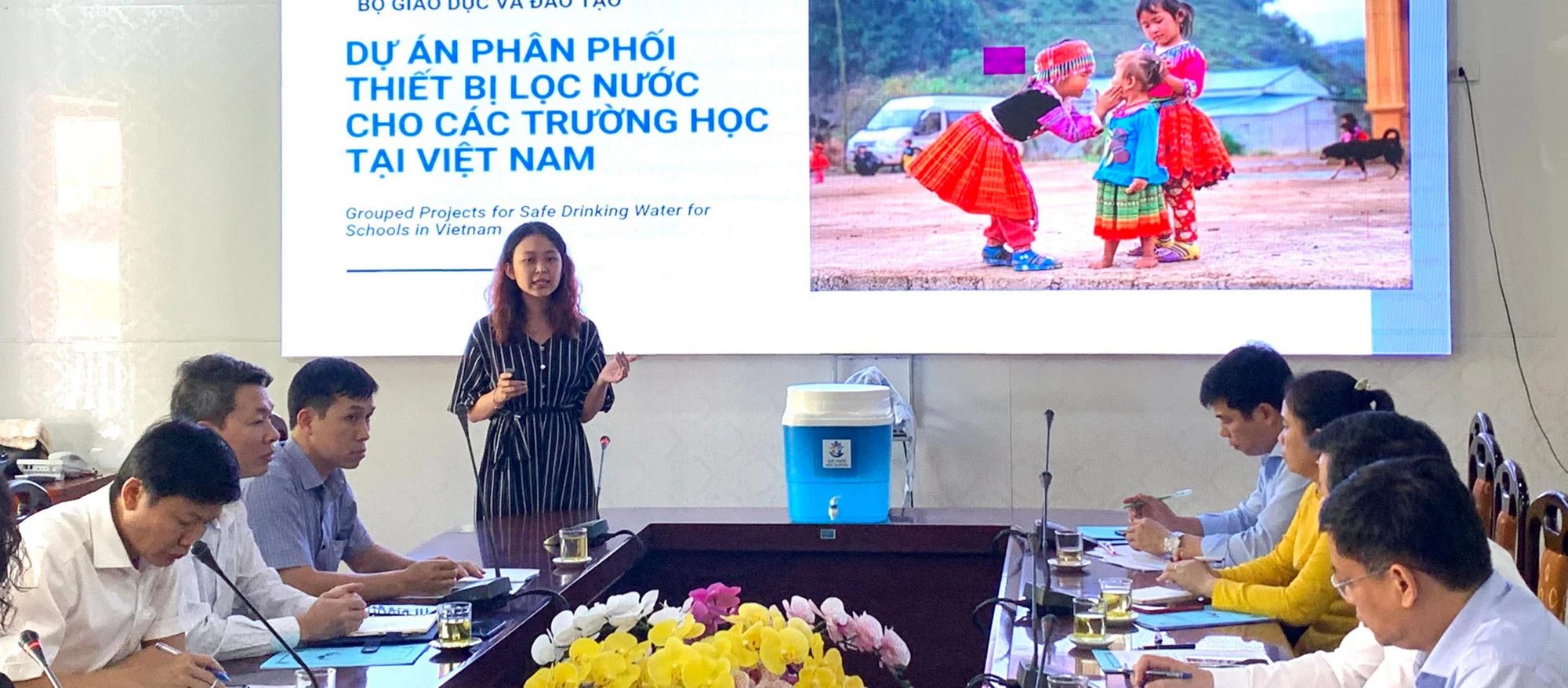
The original article was written for publication in the 2024 edition of the International Debt Capital Markets Handbook
Background
World Bank bonds have been a highly effective vehicle to channel money from public and private investors around the world to development projects in need of finance since the World Bank’s first bond issue in 1947. During this time, the World Bank has been at the forefront of many of the most significant developments in the debt capital markets, including issuing the first global bond (1989), first electronic bond (2000), first green bond (2008) and first supra-national catastrophe bond (2014).
World Bank bonds generally support sustainable development projects on an aggregate basis. In other words, there is no direct connection between a particular bond issue and any one specific project. Recently, however, the World Bank has begun to issue a new type of bond that directs finance to a specific project or activity and in turn makes a portion of the return on the bond contingent on the success of that project or activity. Because the return on these bonds is linked directly to a successful outcome, we are calling them “outcome bonds.”
Three Innovative Issuances
Since 2021, World Bank has issued three outcome bonds. These provided funding for a water purifier project in Vietnam (“Carbon Bond”), for a wildlife conservation project in South Africa (“Rhino Bond”), and for UNICEF to support its response to COVID-19 (“UNICEF Bond”). These bonds harness private capital and transfer project performance risk to investors, who are rewarded if the underlying activities are successful. While they make use of the World Bank’s existing bond issuance infrastructure, they allow the World Bank and its bond investors to support development projects in entirely new ways.
One Specific Example
In Vietnam, a private project developer needed funds for a water purification project that aimed to manufacture and distribute 300,000 water purifiers to 8,000 schools in the country. The purifiers would make clean water available to around two million school children while also mitigating greenhouse gas emissions by avoiding the burning of biomass to purify water. The solution was the Carbon Bond, a five-year, $50 million, principal protected World Bank bond. The investors forego ordinary interest payments on the bond. The coupons are instead converted to an equivalent upfront amount ($7.2 million) that is transferred to the project developer to finance the water purification project.
As the water purifiers are used, they generate carbon credits, and the investors receive semi-annual payments equal to the sales proceeds of those carbon credits during each interest period (up to a maximum of $10.4 million of total coupon payments). In other words, the investors give up an ordinary coupon (which funds the project) and instead receive a potentially higher coupon (which is based on the success of that project as measured by the number of carbon credits produced). Because the Carbon Bond is 100% principal protected and only the coupon is at risk on the project, it was rated AAA(p), which reflects a rating on the credit risk of just the principal.
Benefits of Outcome Bonds
Outcome Bonds aim to produce benefits for all parties involved:
- For the projects and entities receiving the upfront financing they provide much needed capital.
- For the World Bank, they facilitate channeling investors’ funds to (i) projects as additional financing beyond what is being provided by the World Bank or (ii) projects that are not receiving any direct World Bank financing at all (but still fit within the World Bank’s sustainable finance mandate).
- For investors, they provide (i) a unique level of additionality (the knowledge that, by forgoing a regular coupon, they are causing a specific project or activity to be funded), (ii) a direct link between the return on their investment and the success of that project or activity, and (iii) the opportunity to buy a World Bank bond that potentially pays higher than an ordinary World Bank return.
Operational Challenges
Outcome bonds track the performance on pre-defined customized metrics to share the risk and reward of given development projects with investors. The availability of good data is therefore key, and projects must have robust processes, governance, and controls around the reporting of such data. Investors will require a high degree of confidence that the data will be readily available, on a pre-determined schedule, over the life of the bond. But, in addition to such confidence in future data availability, investors will need access to historical data that allows them to analyze the likelihood, based on past performance, of the metrics being achieved.
Moreover, given the inherent conflict of interest in reporting by project owners/operators, investors place a high value on the reporting and auditing of data by independent and reputable third parties. For example, coupons on the Rhino Bond were independently calculated by Conservation Alpha and verified by the Zoological Society of London.
The high degree of customization inherent in the structuring and servicing of outcome bonds is time consuming and expensive and has been a hurdle for issuers and project owners alike. Some projects have longer time horizons, so the infrastructure developed for a first issuance can be leveraged for subsequent tranches related to the same project. Another opportunity to reduce costs is the use of blockchain technology for tracking projects from disbursement to completion. Several development projects across the healthcare, education, infrastructure, and other verticals, are already experimenting with or using Blockchain. The technology continues to mature and presents opportunities to further enhance project governance and to streamline the tracking and reporting of data.
Replicability
The three outcome bonds issued by the World Bank are novel in three important aspects. First, they cover three completely unrelated markets - reducing greenhouse gas emissions using water purifiers in Asia, tackling the challenge of protecting rhino populations in South Africa, and providing more certainty in funding to the UN for COVID-19 efforts. These transactions are therefore illustrative of how impact bonds can be structured and replicated across industries and geographies to address a wide spectrum of development priorities.
Secondly, the three transactions are structured such that only the interest potion of the bonds was channeled towards specific projects, with the World Bank retaining the principal portion to finance its portfolio of development projects. This means that investors are assured of receiving at least the principal value of their investment back at maturity, just like any other conventional World Bank bond. Tying only the interest portion of the bonds to project performance paved the way for participation by mainstream investors that would otherwise not have been able to hold these bonds in their traditional portfolios. Asset management mandates that include supranational bonds typically do not allow capital to be put at risk, so it is much easier for portfolio managers to find a place for principal protected bonds in their portfolios. The current rising interest rate environment provides issuers opportunities to generate higher financing to projects and therefore outcome payments to investors for the same dollar value of investment.
Thirdly, the three bonds are issued under the World Bank’s Global Debt Issuance Facility. They are governed by English law, two of the three are listed on the Luxembourg Stock Exchange, and they are fully tradable in the secondary market. This is an important and distinct feature from most impact bonds that have been issued to date – many of which are less like securities and more akin to customized contracts where investors get locked into their investment until the stated maturity date. By structuring the outcome bonds as closely as possible to other well-established, principal protected structured products, like equity and commodity linkers, the World Bank was able to engage with a broader set of mainstream capital markets investors.
The combination of these factors – replicability across different sectors and interest from a broader pool of private capital – holds tremendous potential for exponential growth in the issuance of and demand for outcome bonds. Parallels can be drawn with the green bond market. The first green bond ever issued was an approximately $150 million equivalent issue in 2008 by the World Bank, roughly the same size as the Rhino Bond. Just like green bonds have proven to be a catalyst in bringing hundreds of billions of dollars in capital for environment-friendly projects, so too can outcome bonds mobilize savings locked in other areas towards important social priorities. With no notable issue on both the demand (investor) and supply (issuer/project) sides, the key challenge in scaling up these ideas will be around structuring. As described above, and given the uniqueness of every project, developing customized metrics, tracking, and reporting mechanisms, and payoff structures requires significant time and effort.
One way to address this challenge would be to link the payoff on these bonds to a pool or basket of projects managed by foundations or other not for profit organizations with established governance structures. Many of these organizations employ rigorous tracking and monitoring tools for their project operations that are reported and audited on a periodic basis and could serve as the reference for a given outcome bond. This would save the issuer time on the development, implementation, and reporting of metrics and enable it to focus instead on structuring and marketing. Issuance at an aggregated pool level (instead of project by project) would also enable issuers to raise funds at greater scale.
Conclusion
There has been a significant shift in investor focus over the last fifteen years. Asset managers, pension funds, insurance companies, corporate treasuries, family offices, and retail investors are increasingly concerned about earning a social return on top of the financial return on their investments. This engagement has led to a surge in issuance of bonds where issuers use the proceeds to finance projects and activities that promote sustainable development. However, these bonds are typically backed by the full faith and credit of the issuer, and investors don’t participate in any project risk.
Outcome bonds represent the new frontier, with opportunities to engage the private sector to share risk. This is obviously beneficial in allowing investors to show the specific impact of their investment as well as additionality (i.e., that by purchasing a bond they caused a project to happen that may not otherwise have been funded). Equally importantly, the use of performance metrics in outcome bonds can create the culture and the infrastructure to improve the governance and operating efficiency of development projects. The saying that “what gets measured gets managed” is apt. It is common knowledge that public sector financing alone cannot help us meet targets to achieve the 17 sustainable development goals. Outcome bonds can play a critical role in drawing in private capital and in engaging with the private sector to help make the world a better place.
*The authors work in the Treasury Department of the World Bank. Michael Bennett is Head of Market Solutions and Structured Finance and Akinchan Jain is Head of Asset and Liability Operations. The findings, interpretations and conclusions expressed herein are those of the authors and do not necessarily reflect the views of the World Bank or its affiliated organizations.




Join the Conversation